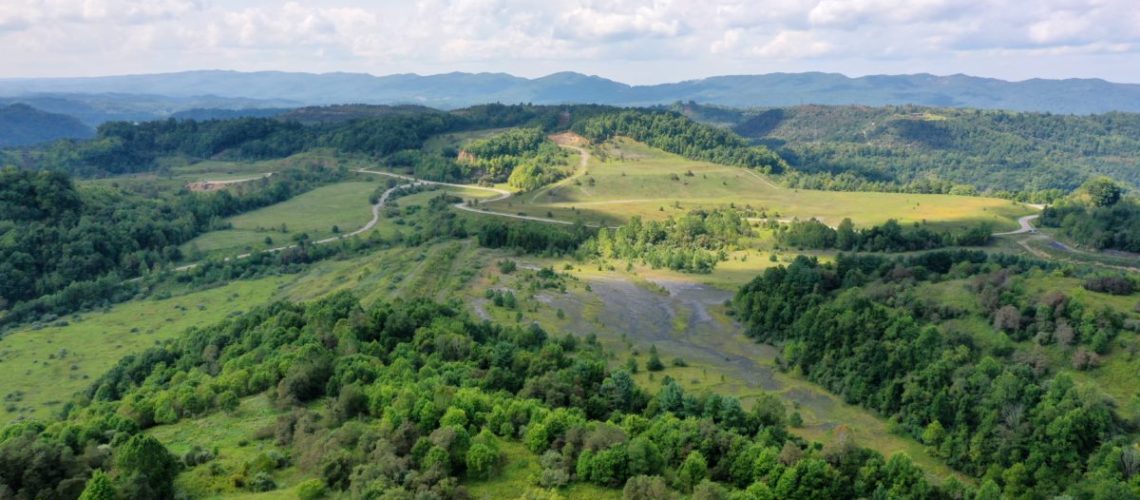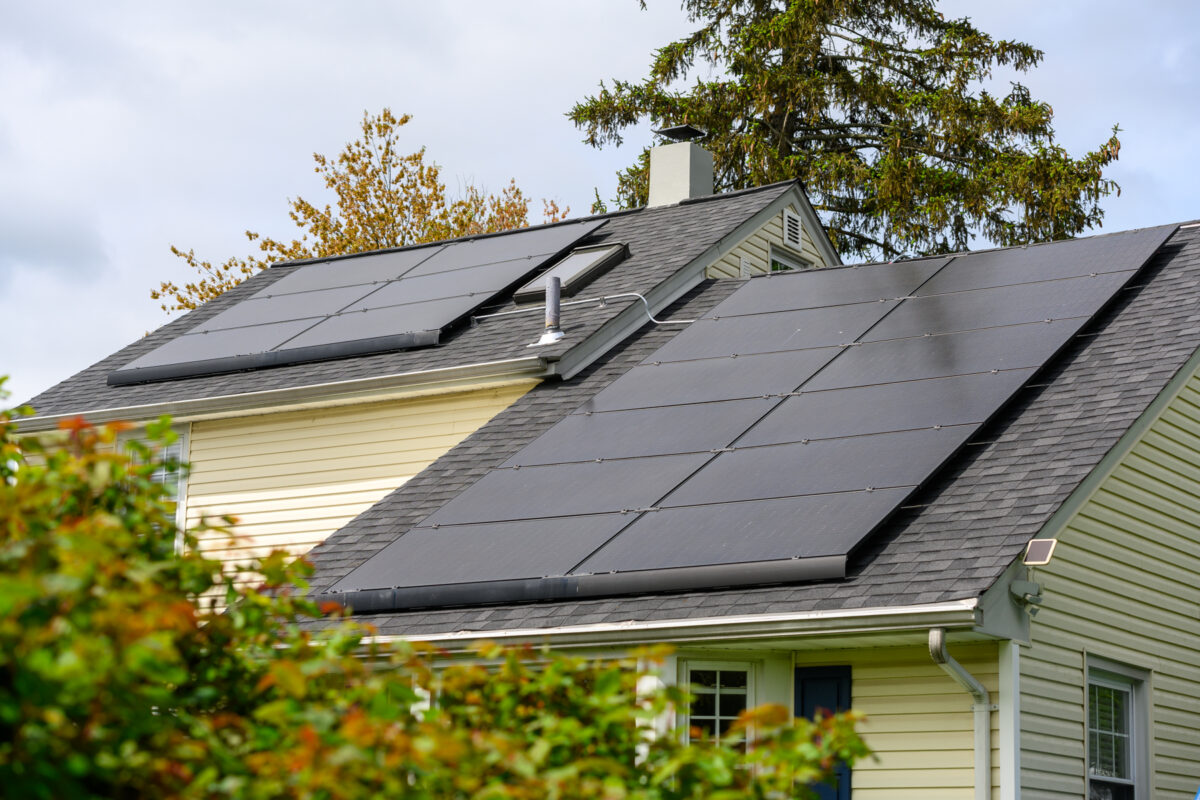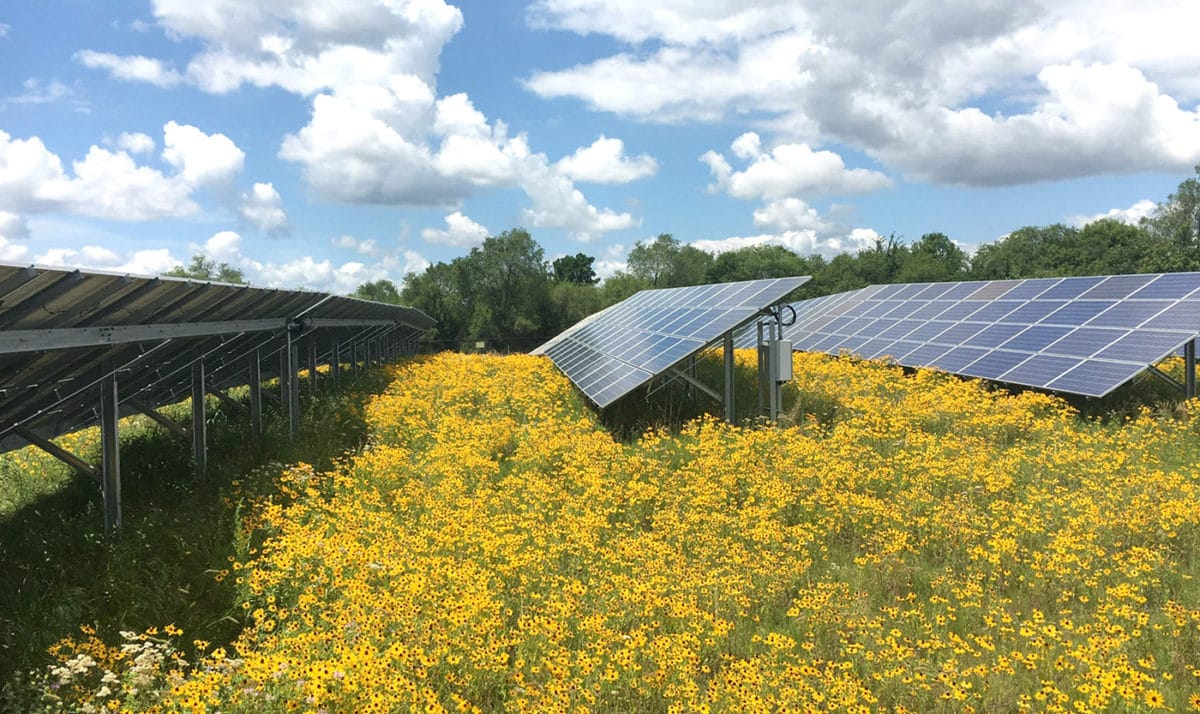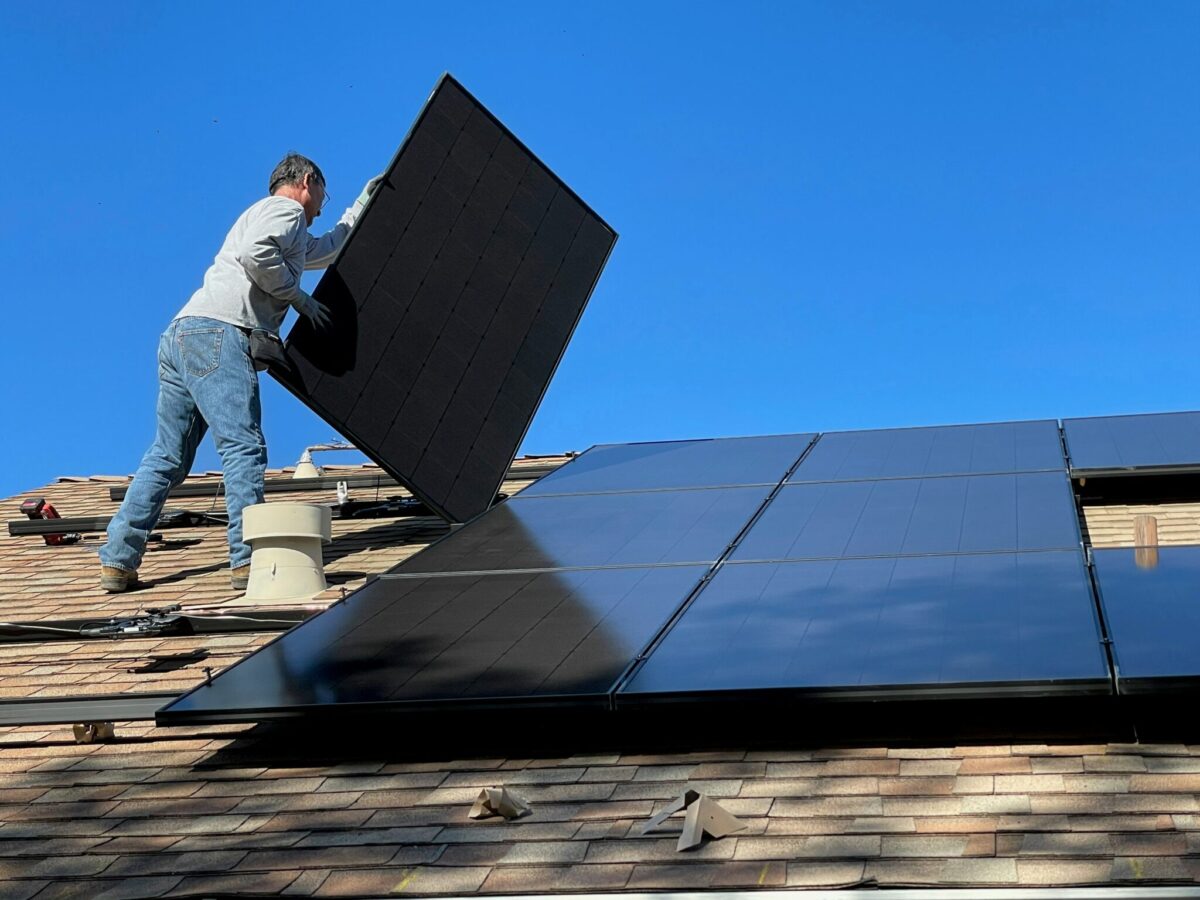Historic land use agreement unites developers, environmental organizations and local interest groups, and is the result of a 20-month Solar Uncommon Dialogue convened by Stanford’s Woods Institute for the Environment, the Solar Energy Industries Association, and The Nature Conservancy.
A landmark agreement was reached between solar developers, conservation groups, agricultural organizations, environmental and environmental justice groups, and tribal entities that aims to advance large-scale solar development in the United States.
The agreement is the result of a 20-month “Solar Uncommon Dialogue” convened by Stanford’s Woods Institute for the Environment, the Solar Energy Industries Association (SEIA), and The Nature Conservancy (TNC).
“As the solar and storage industry grows, it’s critical that we prioritize local engagement,” said Abigail Ross Hopper, president and CEO of the Solar Energy Industries Association (SEIA).
As solar development ramps up in the U.S. in keeping with the nation’s goal of achieving clean electricity by 2035 and reaching net zero by 2050, coupled with support from the Inflation Reduction Act, the issue of land use has become paramount. A recent TNC report, Power of Place: Clean Energy Solutions that Protect People and Nature estimates that between 3.1 TW and 3.5 TW of wind and solar generation capacity is needed for the U.S. to reach its goal of net zero by 2050.
Understanding that a build-out of this size could require over 200,000 square miles of land, TNC researchers developed a 70% impact reduction scenario where only 135,000 square miles would be needed. This scenario calls for agrivoltaic installations on 4,000 square miles of agricultural land, producing both electricity and crops on the same land.
“We’re committed to accelerating the renewable energy buildout and have to go smart to go fast,” said TNC CEO Jen Morris. “Bringing environmental groups to the table ensures that we strike the right balance, delivering clean energy solutions while safeguarding our precious natural resources and communities.”
The agreement reached through the Solar Uncommon Dialogue calls for large solar projects to be transparent, equitable and efficient. Tradeoffs are understood to be part of the process.
Signatories to the Solar Uncommon Dialogue agreement have committed to improving large-scale solar development based on the “3Cs”: climate, conservation, and community.
- Climate emphasizes minimizing carbon emissions through clean energy sources, like solar energy and other tools, including natural climate solutions;
- Conservation seeks to minimize impacts on natural and working lands; and
- Community commits to equitable distribution of renewable energy project benefits.
Six working groups will address community engagement, siting-related risk assessment and decision-making, energy and agricultural technologies, tribal relations, and policy solutions. The groups will focus on advancing the 3Cs via improved public participation practices, solar siting mechanisms, regulation, financial incentives, information tools, and other means. The goal is to create best practices that solar companies, local governments, and other stakeholders can use to effectively site solar projects.
“Major U.S. solar projects are critical to fighting climate change but are increasingly opposed across the nation due to significant community and land conservation concerns,” said Stanford energy scholar Dan Reicher, who launched and leads the solar Uncommon Dialogue. “It’s exciting how motivated the parties are to avoid these conflicts and develop high-impact solutions — a triple play for climate, conservation, and community” added Reicher, who was U.S. Assistant Secretary for Energy Efficiency and Renewable Energy.
Learn more about the Solar Uncommon Dialogue and how to participate in a working group.






